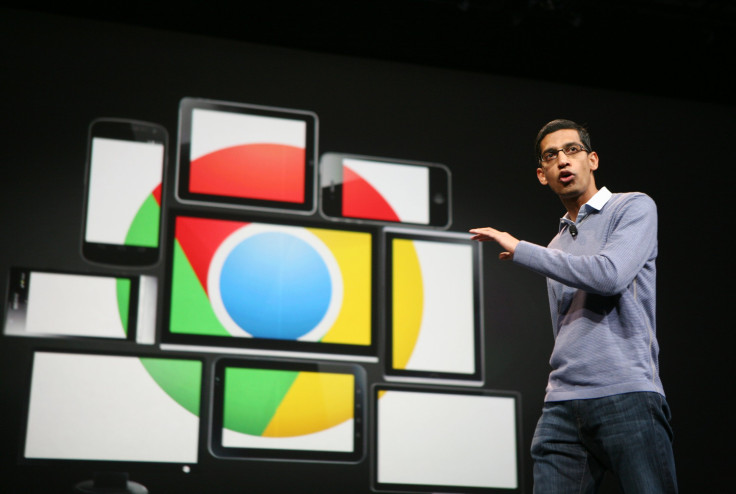Google Chrome Update Restores Memory, Makes Your Battery Suck Less

Google has trimmed off the excess fat in its flagship Web browser. According to a company blog post, its latest update -- Chrome 45 -- comes with a number of improvements to use less of your computer’s precious memory and battery.
One way Google achieved this is in the way Chrome starts up. Now, when Chrome launches and reopens previously used browser tabs, it will restore pages in order from most to least recently viewed. If it detects a computer is running low on usable RAM during launch, it will stop restoring tabs to save memory.
In addition, Google introduced another way to save memory. With the latest update, Chrome will automatically detect when an open website tab isn’t busy and will clean up any unused memory space during that time.
“In practice, we found that this reduced website memory usage by 10 percent on average, but the effect is even more dramatic on complex Web apps," wrote Ryan Schoen, project manager at Google, in the blog entry. “With Gmail, for example, we can free up nearly a quarter of the memory used by the tab.”
Earlier this year, Google also introduced another power-saving feature to the browser, which automatically pauses Adobe Flash animations and content that aren’t an essential part of a website.
On Tuesday, Google extended this feature to automatically pause Internet ads that are displayed using the Flash plug-in, according to the Wall Street Journal. As an alternative, Google suggested that developers and advertisers move to HTML5 technology to display ads going forward.
Google’s efforts to optimize Chrome for better battery life come a year after Google fixed a battery drain software bug that may have affected the Windows version of its browser since 2010, according to PC World.
© Copyright IBTimes 2025. All rights reserved.





















